Mauna Kea, the “White Mountain” in Hawaiian, isn’t just Hawaii’s highest peak. It’s a unique destination with breathtaking beauty, unparalleled stargazing, and profound cultural significance. Join us as we explore the wonders of this dormant volcano.
1. Mauna Kea: A Volcano of Legend and Science
Mauna Kea, a dormant volcano on the Big Island of Hawaii, holds deep spiritual meaning for native Hawaiians. “Mauna Kea” originates from “Mauna a Wakea,” meaning “Mountain of Wakea,” the sky father in Hawaiian mythology. Traditionally, only high chiefs (Ali’i) could ascend to the summit, considered a resting place for ancestors and a gateway to heaven.
While Everest (8,848m) surpasses Mauna Kea (4,205m) in elevation above sea level, Mauna Kea is the world’s tallest mountain when measured from its base on the Pacific Ocean floor, reaching over 10,200 meters. This makes Mauna Kea a unique geological wonder, blending natural beauty with spiritual significance.
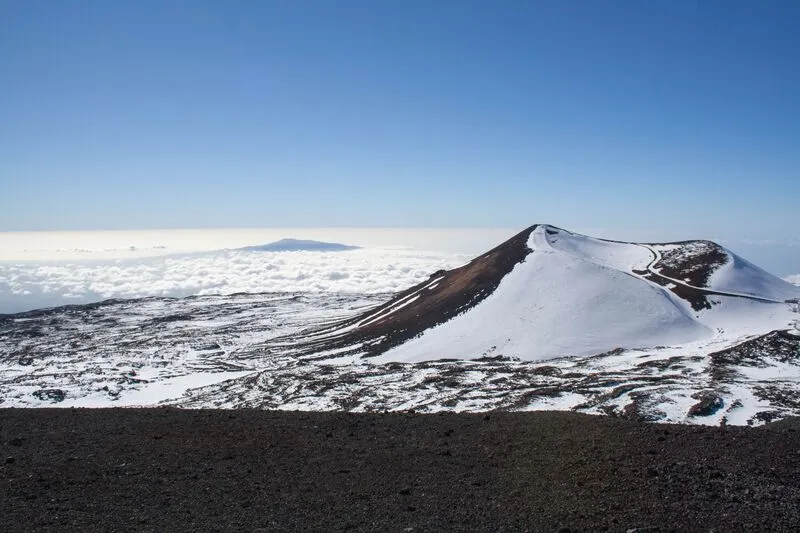
2. Conquering Mauna Kea: Choosing Your Route and Vehicle
There are two main ways to explore Mauna Kea:
- Mauna Kea Visitor Information Station (MKVIS): Located at 2,800m elevation, MKVIS is ideal for stargazing and learning about the mountain. Accessible by any vehicle.
- Summit and Observatories: Reaching the summit (4,205m) requires a 4WD vehicle with good brakes due to steep, winding, and gravelly roads.
Route:
- Follow Saddle Road (Hwy 200) to the Mauna Kea access road.
- Turn onto Mauna Kea Access Road (near mile marker 28, opposite the Puʻu Huluhulu Cinder Cone parking lot).
- Continue to the Mauna Kea Visitor Information Station.
- For the summit, ensure you have a 4WD vehicle and proceed onward.
Important Notes:
- Fill your gas tank before going, as the nearest gas station is about 50km from MKVIS.
- Spend at least 30 minutes acclimatizing at MKVIS before ascending to the summit. Visitors can visit the summit and telescopes during the day but must leave within 30 minutes of sunset.
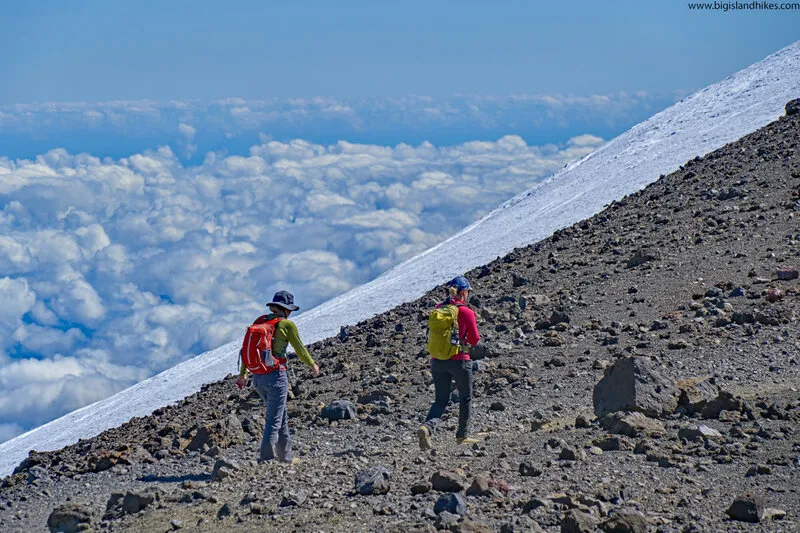
3. Mauna Kea: Geological Formation and Unique Features
3.1. A Majestic Formation Process
Mauna Kea began forming about 1 million years ago from a fissure on the ocean floor. Magma eruptions gradually built the massive volcano. As the Pacific Plate shifted, the magma source continued, creating a “hot spot” that nourished Mauna Kea’s growth.
3.2. Diverse Geology and Unique Ecosystem
Mauna Kea is one of five volcanoes forming the Big Island of Hawaii. Covering over 3,200 km2, Mauna Kea and Mauna Loa form a 6km deep depression in the oceanic crust. The summit is covered in cinder cones formed from ash and pumice.
Mauna Kea boasts a unique alpine ecosystem with endemic plant and insect species. The arrival of Polynesians 1,500 years ago introduced new flora and fauna, enriching the island’s biodiversity.
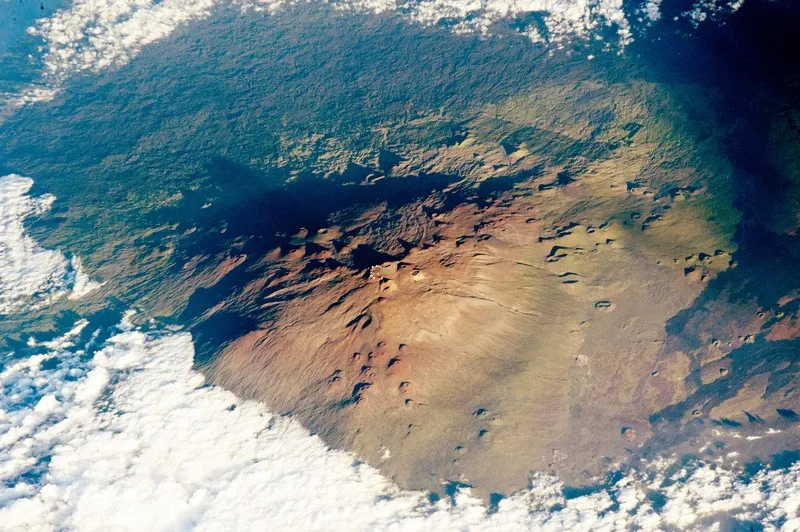
4. Unforgettable Experiences Atop Mauna Kea
4.1. Witnessing a Spectacular Sunset
Mauna Kea offers one of the most stunning sunsets in Hawaii, and arguably the US. View the sunset from the summit (with a 4WD vehicle) or the Mauna Kea Visitor Information Station. The setting sun paints the sky in vibrant hues, creating a breathtaking spectacle.

4.2. Exploring the Mauna Kea Observatories
Mauna Kea is renowned for its Observatories, a leading astronomical center housing over a dozen telescopes. Visitors can tour the observatories during the day, but they close around 7 pm for astronomical research.
List of currently operating telescopes on Mauna Kea:
- Caltech Submillimeter Observatory (CSO)
- Canada-France-Hawaii Telescope (CFHT)
- Gemini North Telescope
- Infrared Telescope Facility (IRTF)
- James Clerk Maxwell Telescope (JCMT)
- Subaru Telescope
- Sub-Millimeter Array (SMA)
- United Kingdom Infrared Telescope (UKIRT)
- University of Hawaii 88-inch (2.2 m) Telescope (UH88)
- University of Hawaii 36-inch (910 mm) Telescope (Hoku Kea)
- One receiver of the Very Long Baseline Array (VLBA)
- W. M. Keck Observatory
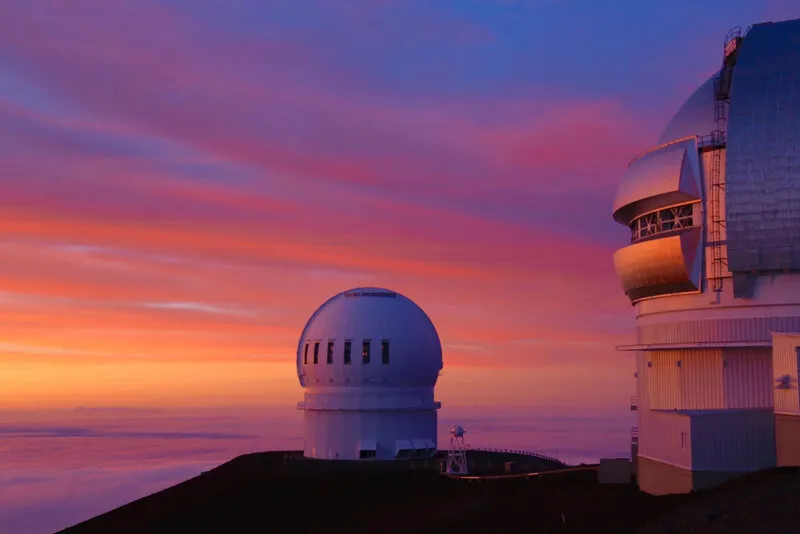
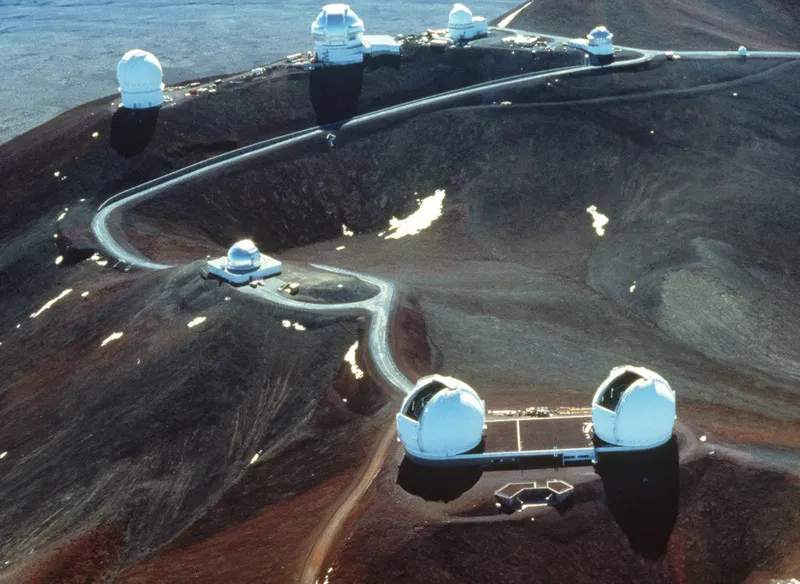
4.3. Stargazing on Mauna Kea: Immerse Yourself in the Cosmos
With its high altitude and clear skies, Mauna Kea is a stargazing paradise. Even at 2,700m, thousands of stars are visible. Use telescopes at the Visitor Center (expect queues) or simply gaze at the night sky. On clear nights, constellations and even the Milky Way are easily visible.
Stargazing tours offer guided experiences with laser pointers highlighting constellations, making for a truly memorable experience.
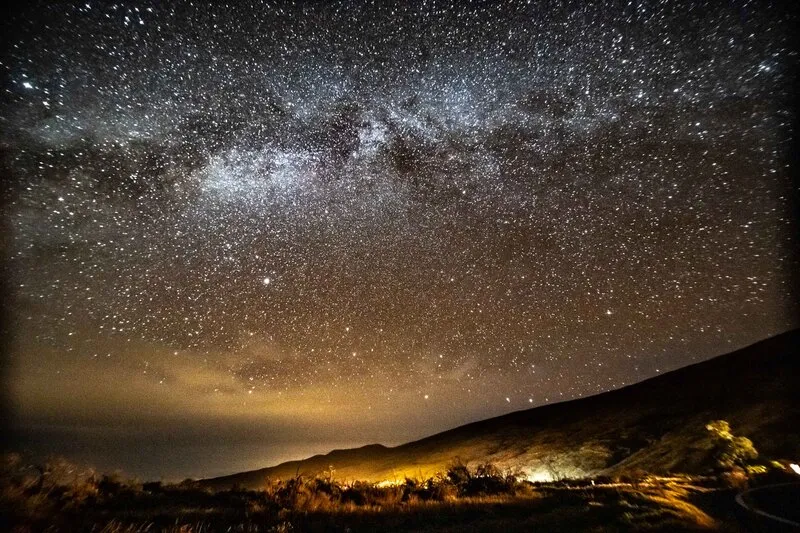
5. Essential Tips for an Unforgettable Mauna Kea Journey
- Drink Hot Chocolate: Guides recommend hot chocolate to help acclimatize to the altitude and climate. It’s available at the Mauna Kea Visitor Information Center.
- Dress Warmly: Temperatures on Mauna Kea, especially at night, can drop significantly. Pack warm clothing, including pants, a windproof/waterproof jacket, a hat, and gloves.
- Bring Binoculars/Telescope: For enhanced stargazing, bring your own binoculars or telescope.
- Choose Suitable Accommodation: Consider staying in Hilo, the Kona area, or near Volcanoes National Park.
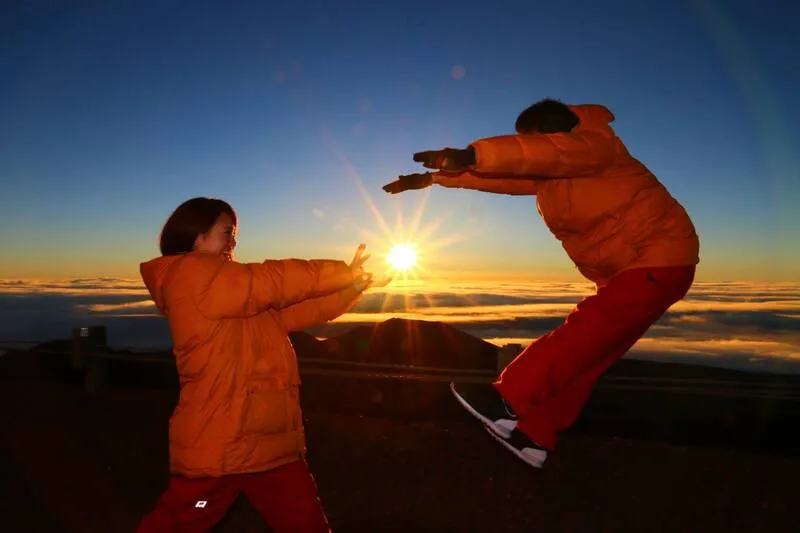
Exploring Mauna Kea offers unforgettable experiences, from breathtaking sunsets and stargazing to delving into Hawaiian history and culture. Discover Mauna Kea, the sacred mountain in the Pacific, where science meets legend.